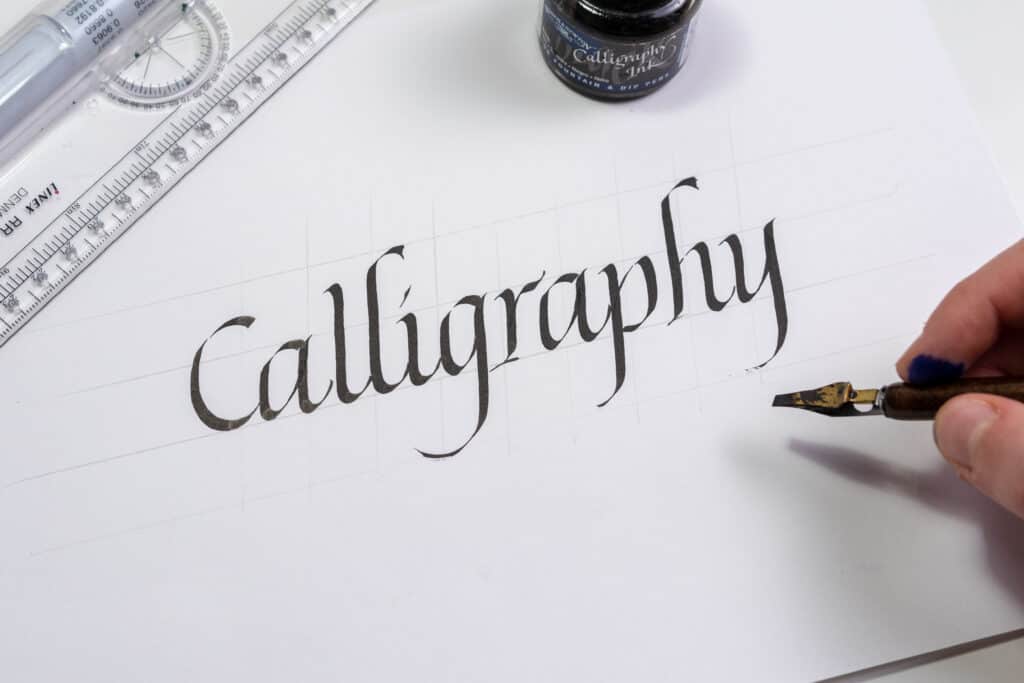
The Art of Calligraphy: Adding Elegance to the Written Word
In a world dominated by digital communication, the art of calligraphy stands as a timeless tribute to the beauty and grace of handwritten expression. With its origins tracing back centuries, calligraphy has evolved from being a functional means of communication to a captivating art form that adds a touch of elegance and individuality to every stroke of the pen.

In this blog, we’ll delve into the captivating world of calligraphy, exploring its essence, its distinctions from typewriting, font styles that you can try, and even the exciting career paths that a passion for this art could lead you to.
What is Calligraphy Writing?
Calligraphy, at its heart, is more than just writing – it’s a symphony of form, rhythm, and precision that transforms the act of putting pen to paper into an exquisite artistry. Each letter becomes a brushstroke, carefully crafted to create a harmonious composition that captures not only the words themselves but also the emotions and intentions behind them.
Calligraphy transcends mere penmanship; it’s a dance between ink and paper that reflects the personality and style of the calligrapher. From the intricate swirls of copperplate script to the contemporary elegance of modern calligraphy, this ancient practice has the power to turn even the simplest words into visual poetry.
How is Calligraphy different from Typewriting?
While both calligraphy and typewriting involve creating text, they exist in entirely different realms of expression:
Aesthetic Appeal
Calligraphy goes beyond functionality; it’s an art form that elevates the written word to a higher plane. The deliberate design of each letter, the varying line weights, and the balance of negative space all contribute to a visual feast that engages the eye and evokes emotions.
Personal Touch
Unlike the uniformity of typewritten text, calligraphy carries the unique touch of the calligrapher. Each stroke is an expression of individuality and creativity, making every piece an embodiment of the artist’s personality and style.
Tools and Techniques
Calligraphy demands specialized tools such as dip pens, brushes, and various ink types. The mastery of techniques like pressure variation to achieve thick and thin lines adds a layer of skill and sophistication that sets calligraphy apart from the mechanical uniformity of typewriting.
Basic Calligraphy Font Styles for Handwritten Letters to Try
Embarking on a calligraphy journey doesn’t require mastery from the start. Here are a few fundamental calligraphy font styles to begin with:
Copperplate Script
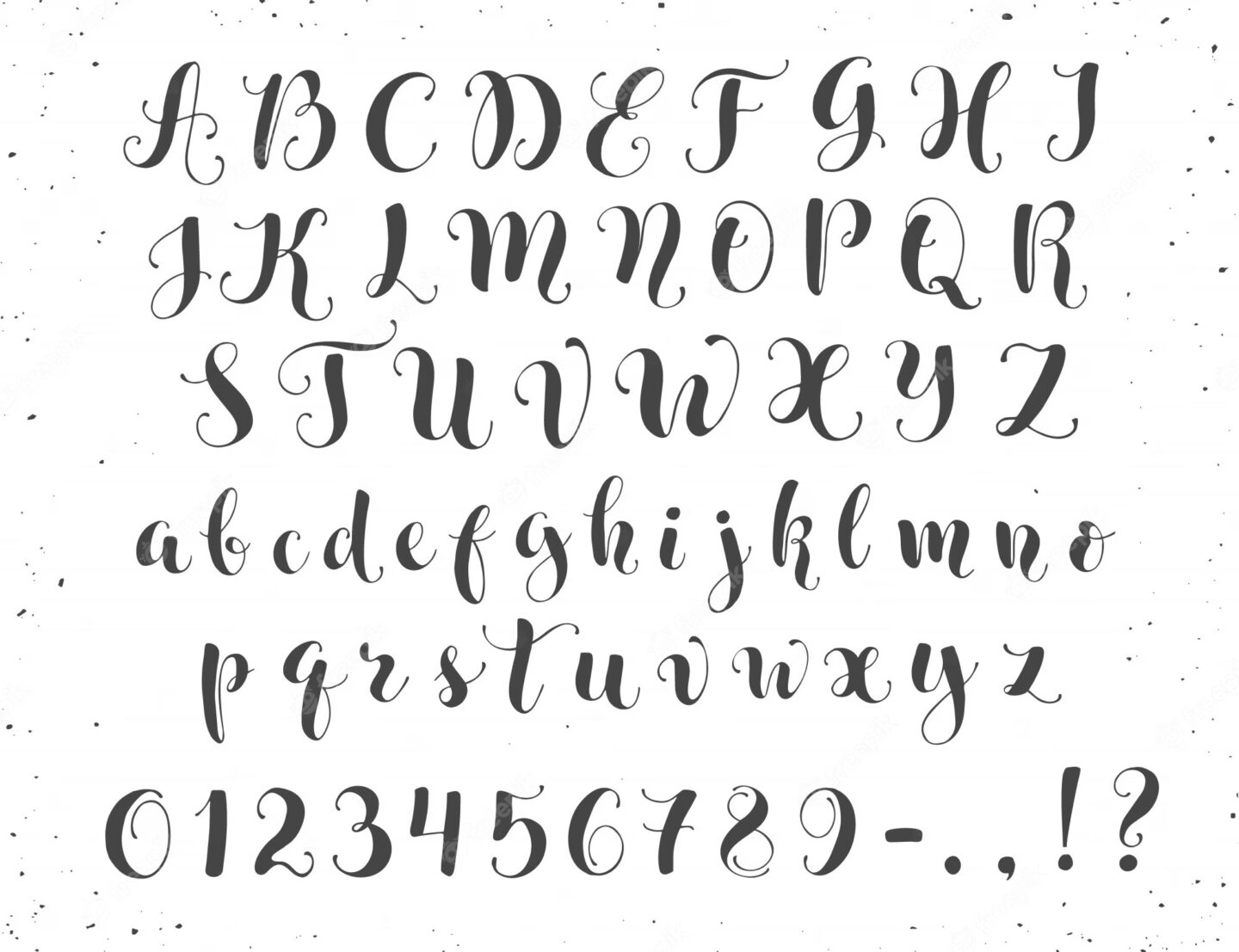
Resembling the engraved elegance of copperplate engravings, this style boasts elaborate loops and delicate curves, making it perfect for formal invitations and certificates.
Modern Calligraphy
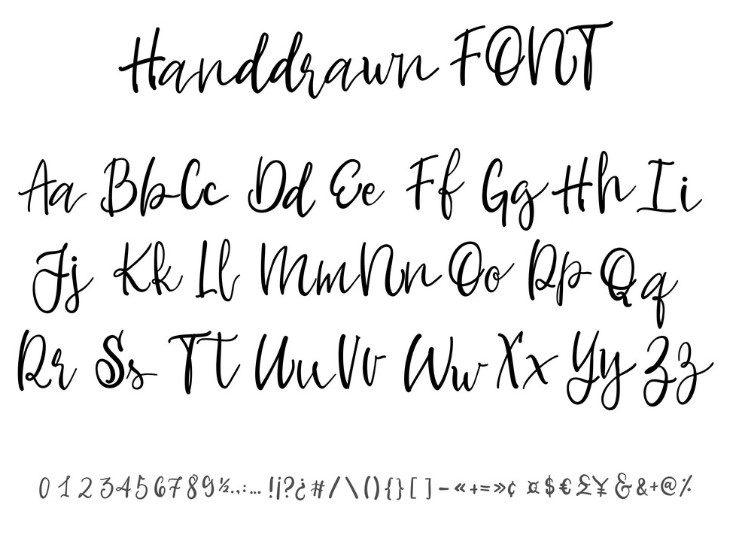
A fusion of traditional calligraphy and contemporary design, modern calligraphy allows for creative experimentation. Its free-flowing lines and mix of formal and casual elements offer a fresh take on classic scripts.
Italic Script
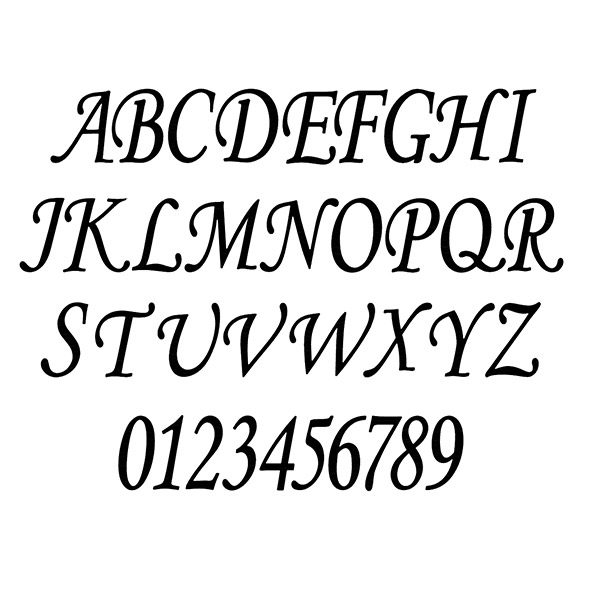
Known for its slanted, flowing letters, italic script is versatile and easy to learn. It’s an excellent choice for beginners aiming to achieve an elegant yet straightforward look.
Gothic or Blackletter
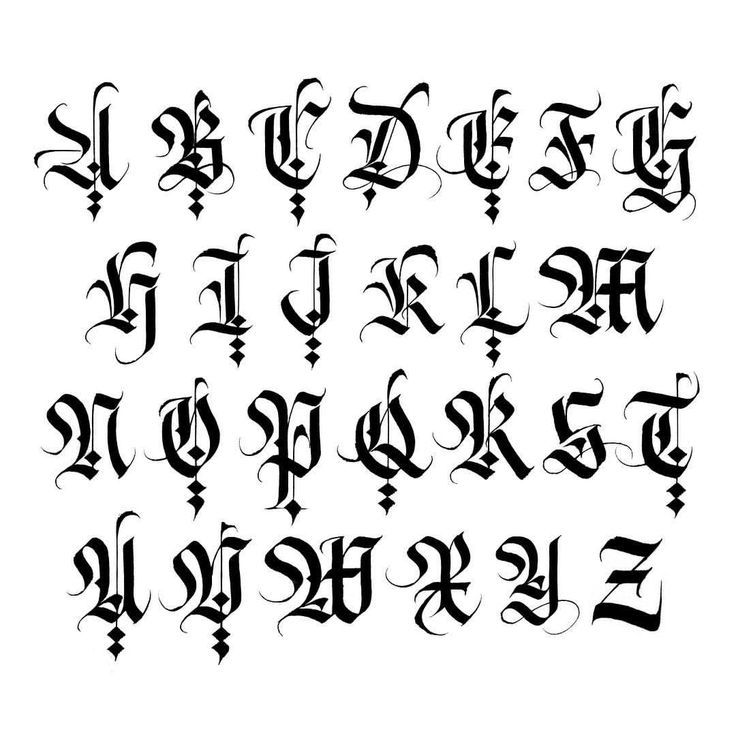
Evoking the grandeur of medieval manuscripts, blackletter calligraphy features bold, angular strokes with intricate detailing. While it might appear complex, it offers a distinct and timeless charm.
Exploring Career Opportunities in Calligraphy
Your passion for calligraphy can open doors to various exciting career paths, here are some of the possible career/jobs that you may get after finishing a degree in Calligraphy:
Wedding and Event Invitations: Your calligraphy skills can infuse a touch of sophistication into wedding invitations, making each invite a piece of art that captures the couple’s unique love story.
Custom Artwork: Many individuals seek personalized calligraphy artwork for their homes or as gifts. From inspirational quotes to family trees, your creations can become cherished heirlooms.
Freelance Calligrapher: Transform your artistry into a freelance career by offering your services for projects such as signage, logo design, and restaurant menus. Your calligraphy can help brands stand out in a crowded market.
Teaching Workshops: Sharing your passion can be rewarding. Consider hosting calligraphy workshops to inspire others to embrace this art form, fostering a community of fellow enthusiasts.
Calligraphy isn’t just about penmanship; it’s a journey of self-expression and creativity. It’s a timeless art form that bridges the gap between the past and present, allowing us to cherish the beauty of the written word in an increasingly digital world. So, pick up your pen, experiment with font styles, and let the art of calligraphy become your unique canvas for expression.
